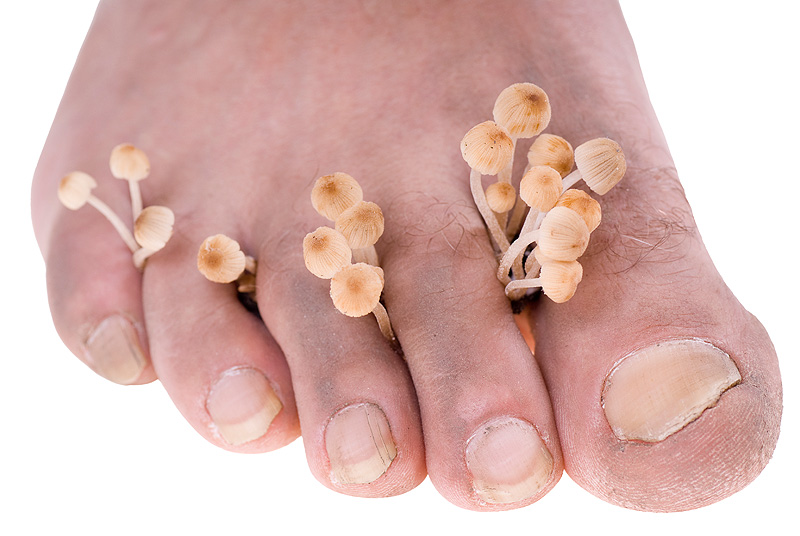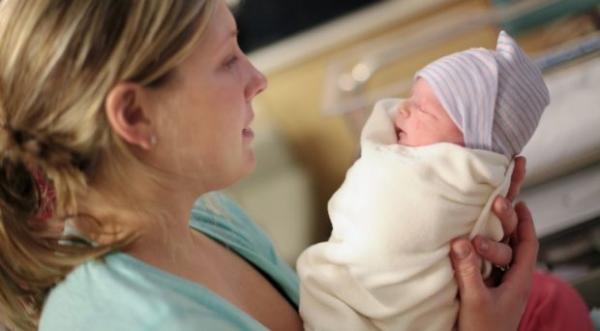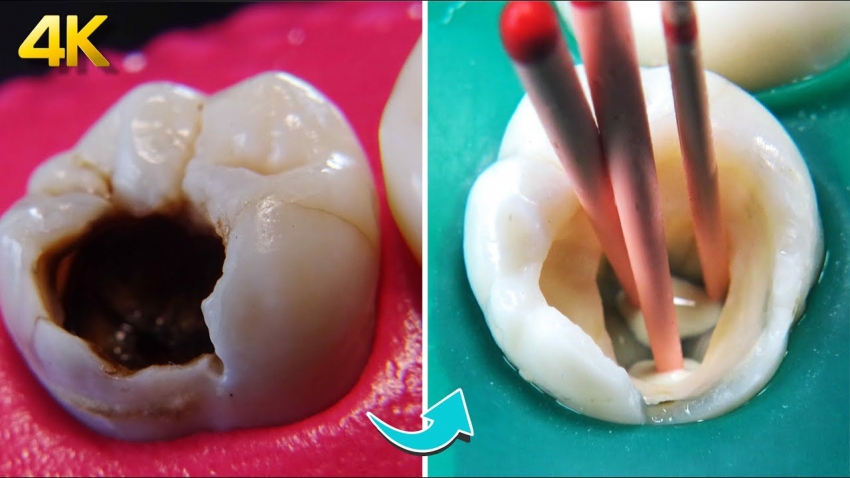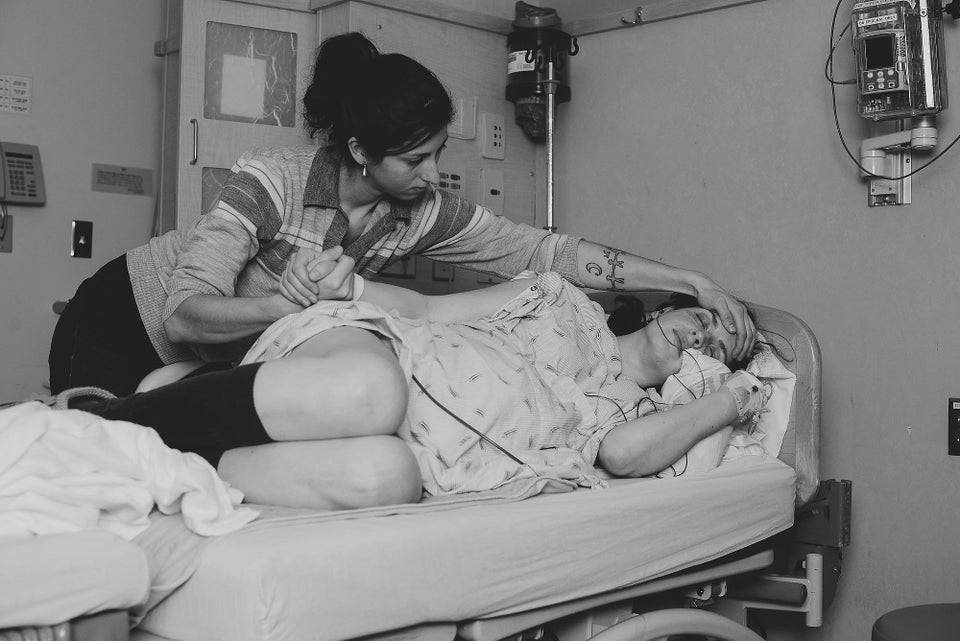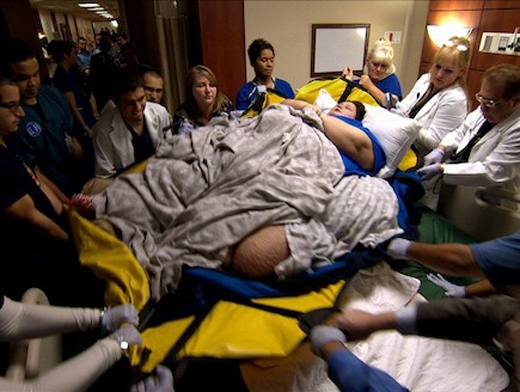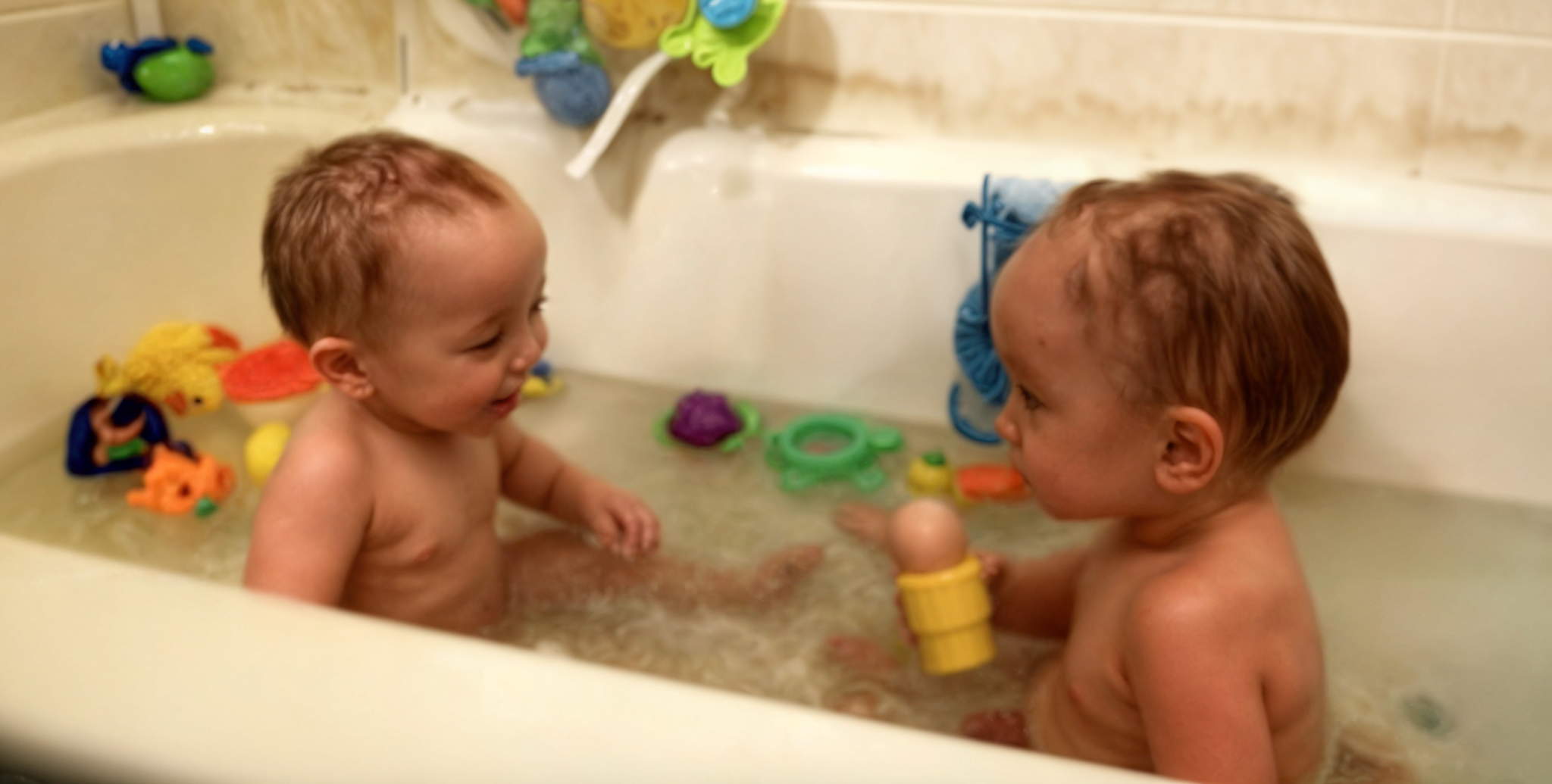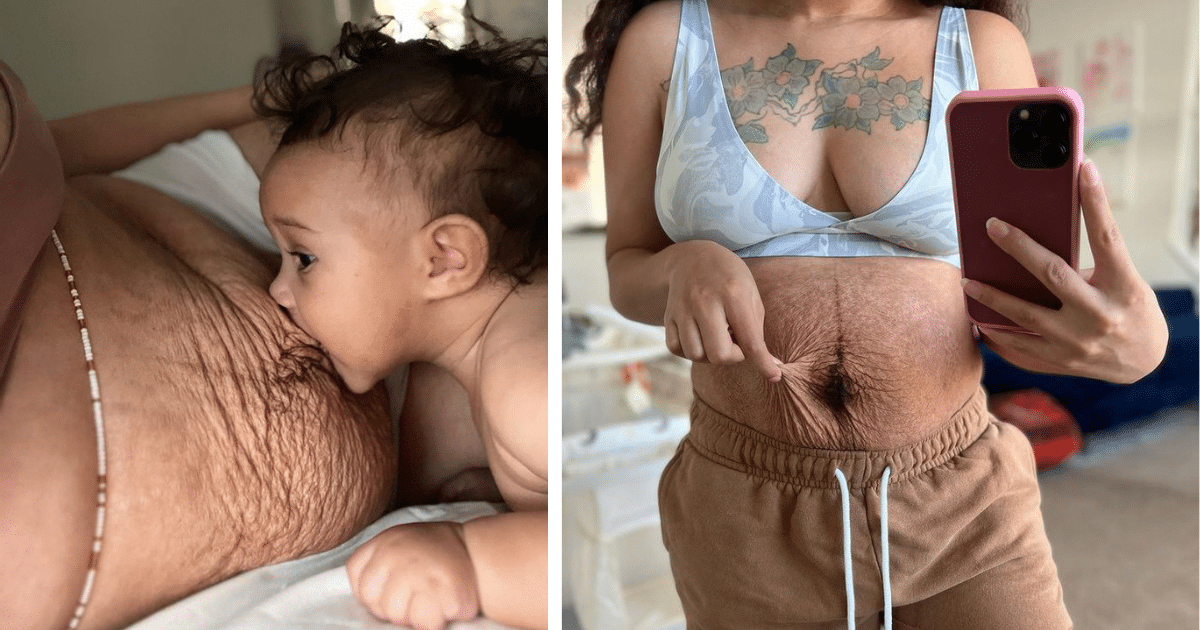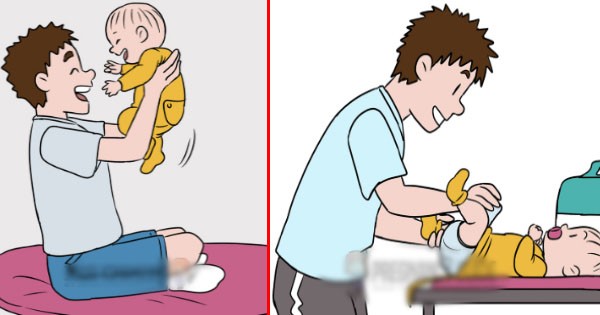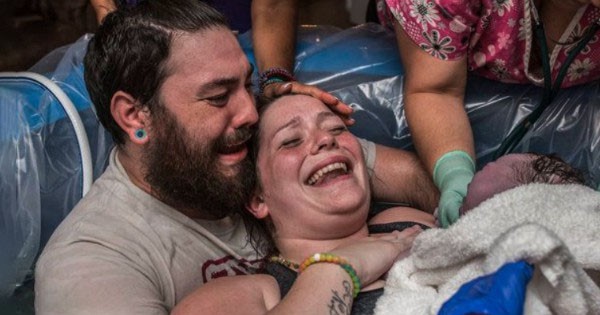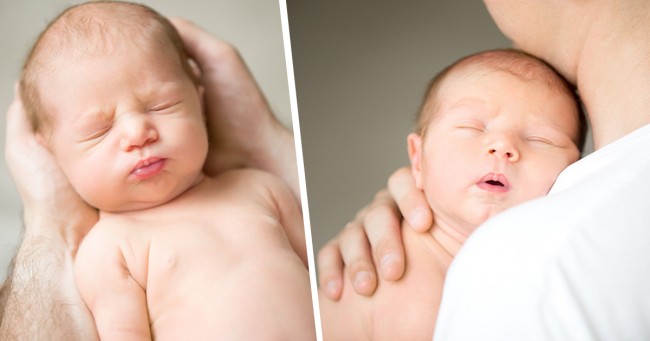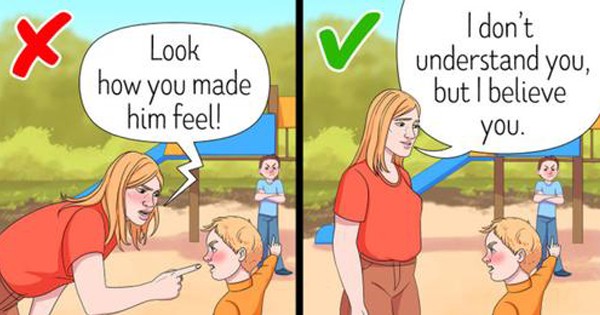
Athlete’s foot is a fungal infection that causes cracked red patches to form on the feet, usually between the toes, which can lead to itching, burning and other troubling symptoms. These infections may spread to the toenails as well, a condition known as onychomycosis, causing them to change color, thicken, or crumble.
The fungi that cause athlete’s foot, a group called dermatophytes, grow fastest in warm, moist conditions. Accordingly, risk factors for contracting fungal infections include keeping the feet wet for long periods of time, walking barefoot in wet public places such as pools or showers, wearing closed shoes that do not allow the feet to breathe, and having sweaty feet. Skin-to-skin contact with an infected person can also spread the infection.

Patients with athlete’s foot may experience:
- Itching and burning between the toes
- Blisters
- Cracked, peeling skin
- Excessive dry skin
- Thick, discolored toenails
Fungal infections may be mild or severe, last a short or a long time, clear on their own or require professional treatment. They may recur over time. They may also develop into more significant problems such as bacterial infections, especially if a person scratches at the infected areas. Fortunately, there are several treatment options available to treat the infection and prevent it from recurring.
Patients whose condition has not responded to over-the-counter medications may require prescription-strength topical or oral medications, while your doctor may also recommend wet dressings, steroid ointments or cold compresses to treat blisters or other skin symptoms.

Plantar warts are non-cancerous growths that develop on the soles of the feet as a result of the human papillomavirus (HPV). HPV enters the body through tiny breaks in the skin, which are often present beneath pressure points in the feet on the heels or balls. Many patients develop warts after walking barefoot in a public place, as the HPV virus tends to thrive in warm, moist environments. These warts appear on the skin as a small, hard bump that may be gray or brown with well-defined boundaries. In some patients, they may cause pain or tenderness when walking.
While plantar warts are not usually a serious condition, many patients experience pain or embarrassment regarding this condition. It is important for patients to seek medical attention if their wart changes color or appearance, grows in size or if the patient has diabetes or a circulatory disorder, as they are prone to infection and should not attempt home care.
Plantar warts can be removed through several different noninvasive procedures, including cryotherapy (freezing), laser surgery, cantharidin, immunotherapy and medication injections. Dr. Dixon will decide which treatment option is best for you based on your individual condition. Some plantar warts may not require any treatment at all. Patients can reduce their risk of plantar warts by keeping the feet clean and dry, avoiding walking barefoot in public places and not sharing nail files or clippers with others.
Athlete’s Foot
If the skin between your toes is itchy and cracked, you may have athlete’s foot. Athlete’s foot is a fungal infection in the skin. Several antifungal creams can be bought over-the-counter. Terbinafine (brand name: Lamisil AT) works most quickly, usually in 1 week. Other creams will take about 4 weeks of treatment to get rid of fungus from the skin. Tea tree oil may relieve itching but does not get rid of the fungus that causes the problem.
Warts
Warts on the soles of the feet are called plantar warts. Because the skin on your foot’s sole is thick, warts there are harder to get removed. Treatment will take several weeks. Paint-on wart removers (brand names: Duofilm, Wart-Off, Compound W, and others) are effective. Each evening you should rub the wart with a pumice stone or emery board. Then apply the wart remover, let it air dry completely and then cover the wart overnight with a piece of waterproof adhesive tape. It usually takes 6 to 12 weeks to get rid of a plantar wart.
Calluses and Corns
A hard callus may form where there is excess pressure on the foot. You can thin and smooth the callus with a pumice stone or emery board. On the toes, reactions to a pressure point are called corns. Between the toes, a corn may soften and be very painful. Toe sleeves or toe spacers may relieve pain from hard or soft corns. Better-fitting shoes can help keep calluses and corns from forming, or keep them from coming back after treatment. (See “Guidelines for Proper Shoe Fit,” below.)
On the ball of the foot, a lump or callus may form because of too much pressure. A metatarsal pad, placed in the shoe so that it rests just behind the lump, often helps to relieve the pain.
Plantar Fasciitis or Heel Pain
Pain in the heel is often caused by strain on the tissue that supports the arch where it attaches to the front of the heel bone. This problem is called plantar fasciitis. Stretching exercises, anti-inflammatory medicine and steroid injections may be part of the treatment plan. Sometimes a ready-made arch support or cushioned insole may help.
In older people, the normal fat that pads the heel can become thin. This may cause heel pain. Heel cups that cushion the heel often relieve the pain.

Guidelines for Proper Shoe Fit
Well-fitting shoes can prevent some foot problems and help relieve others.
Proper-fitting shoes do not need to be “broken in.” Shoes should feel comfortable right out of the box.
Shoes should be fitted on both feet while standing. It’s best to do this at the end of the day when your feet are the most swollen.
There should be a space of 1/2-inch between the end of the shoe and the longest toe. In athletic shoes about 1 inch of space is needed.
Check the shoe’s width. The joint between your foot and your toes should be in the widest part of the shoe. Those joints should not be squeezed.
The heel of the shoe should fit snugly and not slip when you walk.
Shoes should be snug but not tight over the instep. A shoe that laces will allow for adjustment across this area.
Heel cups, arch supports or insoles will change the fit of shoes. If you plan to use them, try on your shoes with these inserts in place.
